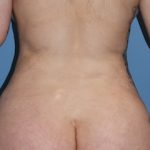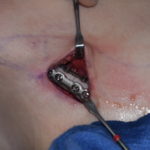Columellar Skin Closure Suture Materials in Open Rhinoplasty
An open technique for rhinoplasty is the most common approach used today by most plastic surgeons. While this does create a mid-columellar scar, it usually heals in almost to completely undetectable skin scar when careful attention is paid to its closure. Many surgeons uses skin sutures in this area that require secondary removal. While this Read More…


